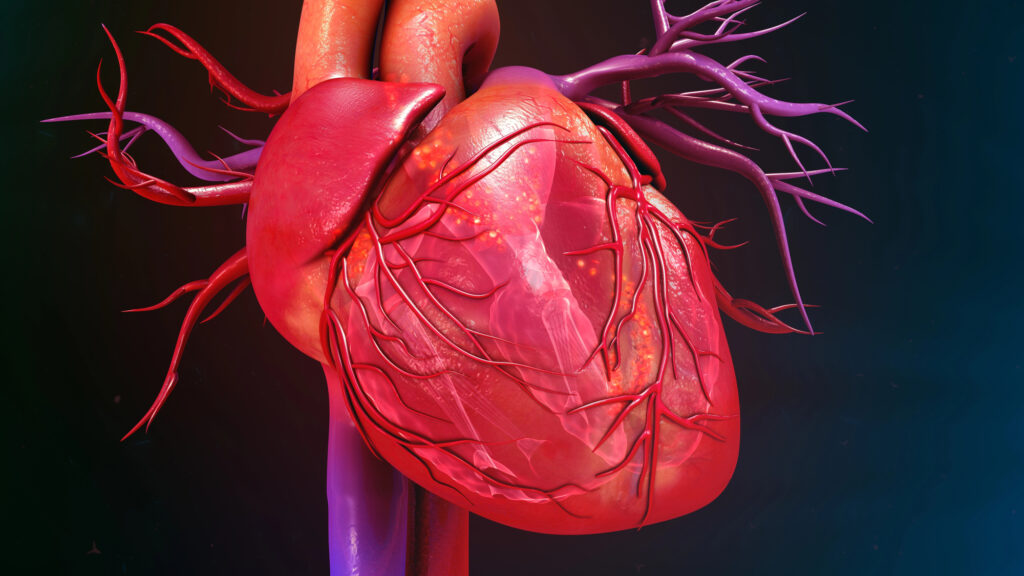When patients take dispose of medications for pain management improperly, they seldom think of the environmental costs. Analgesics are among the most widely used medications in America, and their use is growing rapidly. As a result, the environment is becoming increasingly contaminated with analgesic residues created by the manufacture, consumption, and disposal of these medications. Most analgesic residues that end up in wastewater are not destroyed during treatment in wastewater treatment plants (WWTPs), and so they are accumulating in surface water, ground water, drinking water, and sludge; municipal landfills are also accumulating loads of unused medications.
For most Americans, these residues constitute a long-term, low-level exposure to analgesics and mixtures of different analgesics—as well as to whatever other pharmaceuticals residues are in their environment. As health-care professionals become more aware of the growing concerns of the scientific community and federal regulatory agencies, effective non-pharmaceutical approaches to pain management may become more attractive.
Manufacture of pharmaceuticals creates toxic waste, requires more infrastructure, and consumes far more energy and raw materials than the use of physical therapies does. Future environmental cleanup costs are also part of the total true cost of managing pain with analgesics.
This article provides an overview of the ways in which analgesics are entering the environment, current scientific concerns regarding adverse effects on wildlife and humans, and research on the effectiveness of physical therapies to treat pain. In terms of toxicity to the environment, pain management with physical therapies is superior to management with analgesics.








